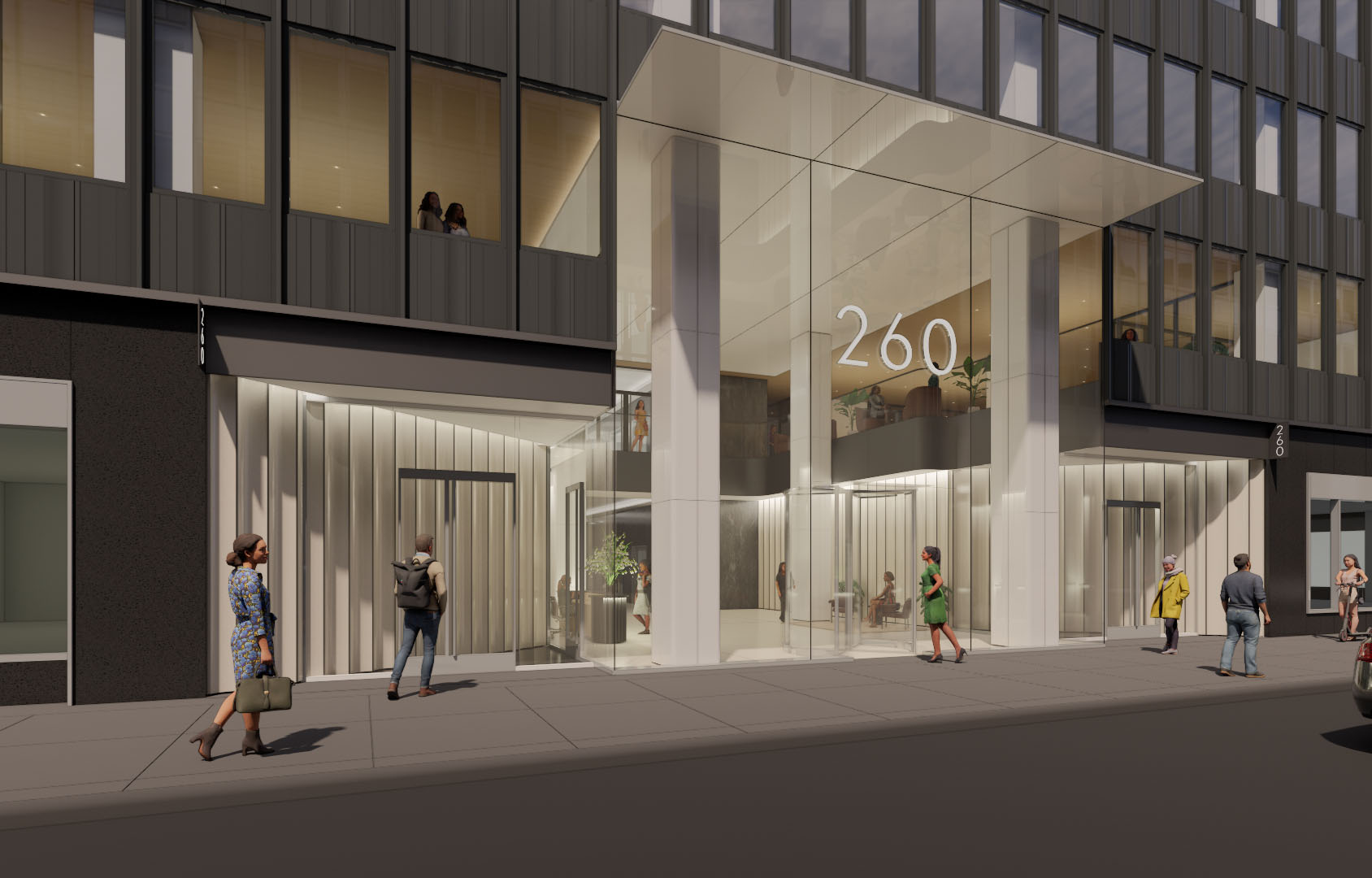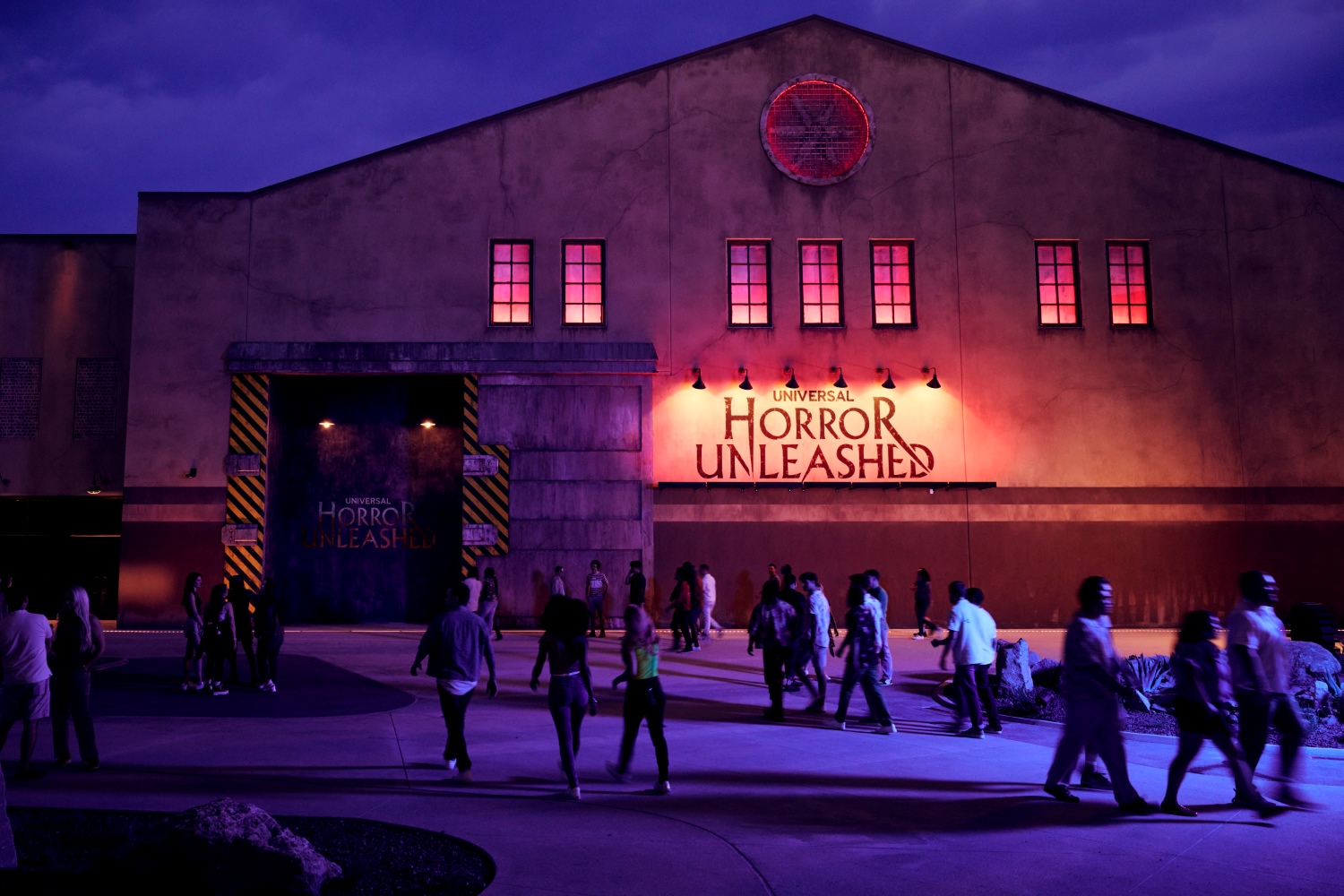News:
Brokerage
Posted: February 25, 2013
The current office market recovery continues forward
Fourth quarter 2012 office data released by Reis, Inc. reveals the ongoing sluggishness of the property type's recovery. The vacancy rate fell 10 bps to 17.1%, which is just 50 bps below the peak of 7.6% in late 2010 and early 2011. Restrained by the slow recovery in the job market, demand for office space is limited.
Given the nation's weak economic growth, there remains a dearth of demand for office space. During the fourth quarter, 3.691 million s/f were absorbed, down from 4.819 million s/f of net absorption in the third quarter. For the calendar year 2012, 17.197 million s/f were absorbed, similar to the 17.542 million s/f of space that were absorbed during calendar year 2011.This is not surprising given the virtually identical performance in the labor market during those two years, reinforcing the notion that without a robust labor market recovery there will be no robust office market recovery.
Tepid demand for office space is providing little impetus to develop new office properties. New construction decelerated during the quarter, with 3.18 million s/f being delivered versus 3.82 million s/f in the previous period. For calendar year 2012, 12.04 million s/f were completed, a decline from the 15.18 million s/f that opened doors during 2011.
With scant demand only slightly surpassing historically low levels of new completions, vacancy contraction is moving at glacial pace. The national vacancy rate remains at heights unseen since 1993 and remains well above the cyclical low of 12.5% from 2007 before the advent of the recession.
Asking and effective rents both grew by 0.8% during the fourth quarter. This was the strongest performance of both measures since mid-2008. Moreover, on a year-over-year basis, rent growth is accelerating. However, it is important to note that the improvements in rent growth on both a quarterly and annual basis are minor and are only slightly evocative of an improving market.
The current recovery is quite weak by historical standards. A comparison with the "jobless" recovery from early last decade emphasizes the lack of demand during the current recovery. Vacancy rates have compressed 50 bps since peaking at 17.6% during the fourth quarter of 2010. During the previous recovery, the vacancy rate peaked at 17% at the end of 2003. However, by the fourth quarter of 2005 (the same interval as the current recovery), the vacancy rate had declined by 220 bps to 14.7%.
Similarly, net absorption has totaled 34.739 million s/f over the last eight quarters, or 4.342 million s/f per quarter. Through the first eight quarters after the vacancy rate peaked in the prior recovery, net absorption totaled 108.31 million s/f, or 13.54 million s/f per quarter. Clearly, current data is indicative of a historically weak recovery in the office market. While fundamentals are heading in the right direction, it will take a long time to claw back to what most would consider a "normal" office market environment.
The outlook for 2013 is slightly better than what we experienced in 2012. Job growth is expected to accelerate slightly during 2013 while the unemployment rate is expected to tick marginally lower. Reflecting this moderate improvement, we expect acceleration in both rent growth and vacancy compression next year. Still, it is important to keep expectations aligned with reality, and the reality for 2013 is another year of slow recovery.
Victor Calanog is head of research and economics and Brad Doremus is senior analyst for research firm Reis, New York, N.Y.
Tags:
Brokerage
MORE FROM Brokerage
AmTrustRE completes $211m acquisition of 250 Madison Ave.
Manhattan, NY AmTrustRE has completed the $211 million acquisition of 260 Madison Ave., a 22-story, 570,000 s/f office building. AmTrustRE was self-represented in the purchase. Darcy Stacom and William Herring

Quick Hits
Columns and Thought Leadership

Behind the post: Why reels, stories, and shorts work for CRE (and how to use them) - by Kimberly Zar Bloorian
Let’s be real: if you’re still only posting photos of properties, you’re missing out. Reels, Stories, and Shorts are where attention lives, and in commercial real estate, attention is currency.

Strategic pause - by Shallini Mehra and Chirag Doshi
Many investors are in a period of strategic pause as New York City’s mayoral race approaches. A major inflection point came with the Democratic primary victory of Zohran Mamdani, a staunch tenant advocate, with a progressive housing platform which supports rent freezes for rent

Lasting effects of eminent domain on commercial development - by Sebastian Jablonski
The state has the authority to seize all or part of privately owned commercial real estate for public use by the power of eminent domain. Although the state is constitutionally required to provide just compensation to the property owner, it frequently fails to account

Lower interest rates and more loan restructuring can help negate any negative trending of NOI on some CRE projects - by Michael Zysman
Lower interest rates and an increased number of loan restructurings will be well received by the commercial real estate industry. Over the past 12 months there has been a negative trend for NOI for many properties across the country.








.jpg)

.gif)